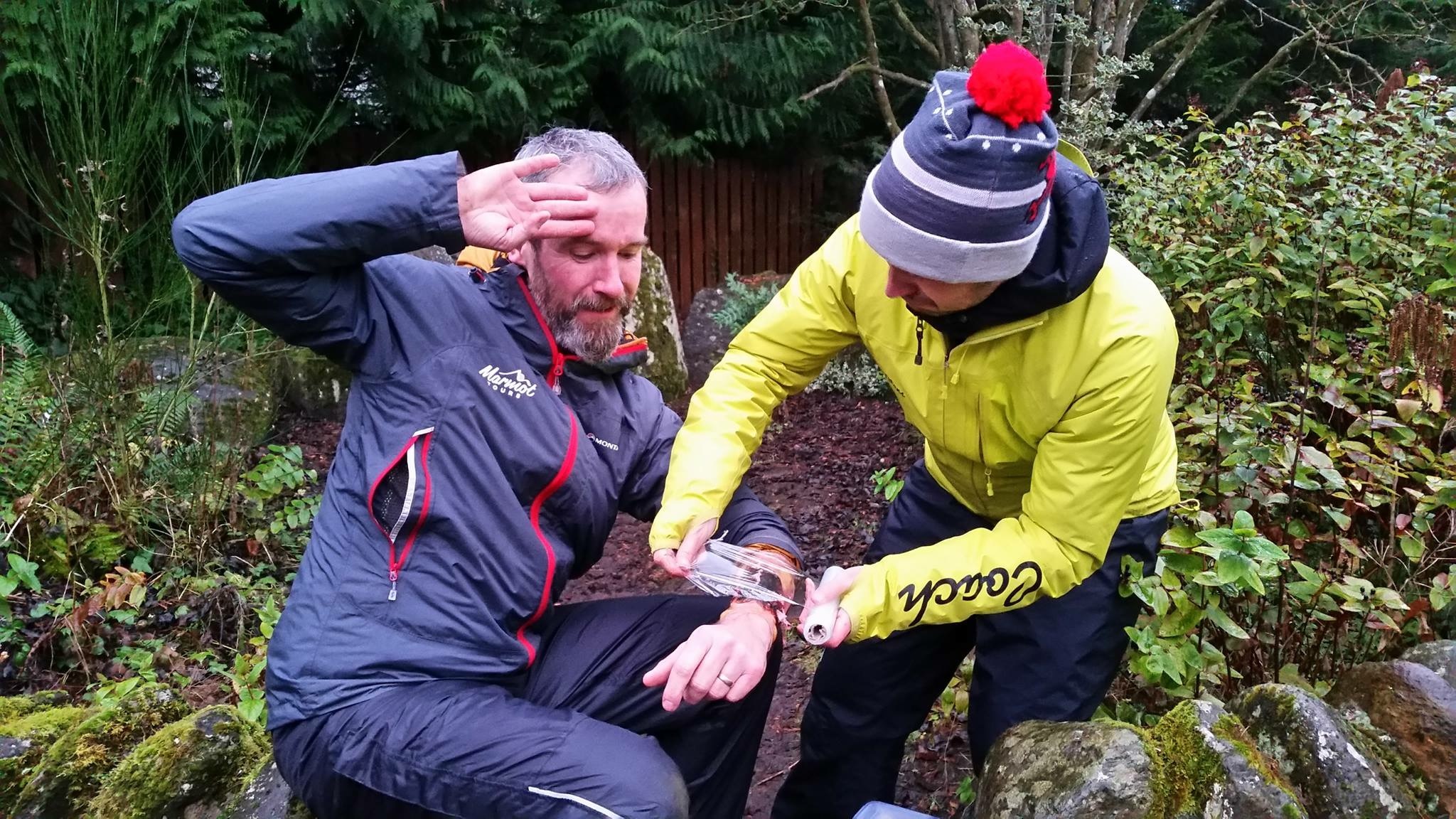Many cyclists spend hours training to get fitter to complete that century ride and practising new skills to be able to ride harder trails, but one area that many neglect is training to prepare them in the event of an emergency.
Cycling, whatever facet of the sport you participate in, can unfortunately result in accidents.
Luckily the results of the vast majority of these are wounded pride at the least and a few scrapes and bruises at the most. However, on occasion they can result in more serious injury and for those you need to be prepared. In fact I would go as far as saying if you regularly ride with others then you have a responsibility to know how to react, treat and manage an incident resulting in injuries to your fellow riders.
Such incidents can often happen in remote locations, so knowing how to react appropriately can be vital to support the well-being of your cycling companions. As part of my job I need to be trained in outdoor first aid and have had to use it on many occasions from treating minor issues such as road-rash (loss of skin from sliding along tarmac) to broken bones, dislocations and serious concussions.
When we go out for a ride we always make sure we have something to fix a puncture and inflate a tyre, and we usually have food with us too, but how often do we carry a first aid kit?
On a mountain bike ride I always have a fully stocked first aid kit with me and also when I am guiding clients too, but generally I don’t carry one when I am out on a road ride myself or with friends. That’s not to say I don’t need one, but I find I can get by without one. When occasions have occurred that I need to support someone with first aid I have access to a kit from somewhere else, or have been able to improvise with other kit that I have with me until more qualified medical assistance has been accessed.
On rare occasions, being able to provide CPR or stem bleeding long enough until more qualified personnel arrive on scene can be the decisive factor that stabilises someone long enough for an ambulance and other medical help to arrive.
More often than not the provision of first aid is given to make someone more comfortable until they can be taken to hospital.
There are many organisations that provide first aid training courses of varying duration and specific to differing situations, including outdoor activities. One of the great things about the qualification is that I know I can use it in other areas if needed, and not just when I’m cycling.
Hopefully, once qualified you will never need to put your learning into practice, but it is better to be prepared. I for one feel much better going out for a ride with friends in the knowledge that hold a first aid qualification – and I am sure they feel the same about me.
Join the Blazing Saddles Strava Club at: www.strava.com/clubs/BlazingSaddlesWeekendCourier
Where to Ride? Tour of the Kingdom Sportive
What is it? Mass participation road cycling event organised by Dunfermline Cycling Club
Distance: 3 routes available:
Route 1 Sportive (BLACK route) – 92 miles
Route 2 Challenge (RED route) – 60 miles
Route 3 Steady (GREEN route) – 28 miles
When? Saturday May 27 2017
Enter at:
https://goo.gl/Qps5Si










